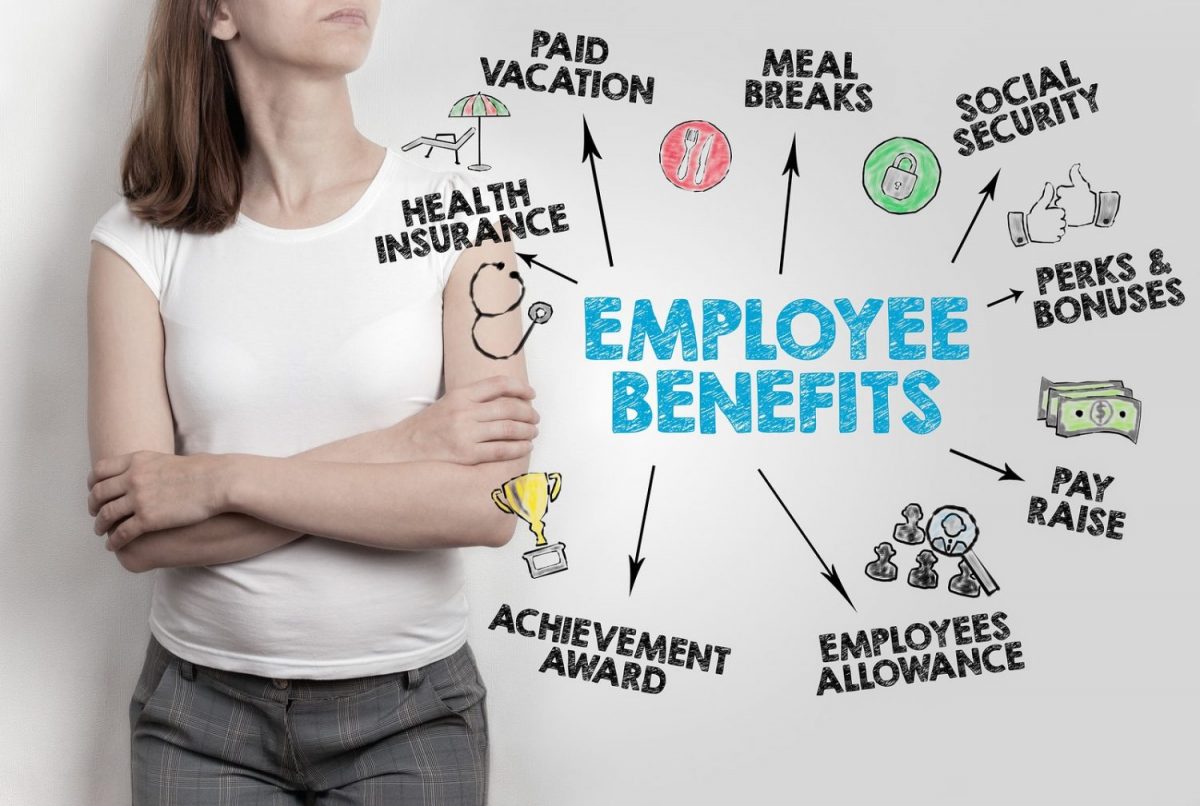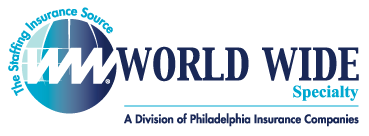
Everyone wants benefits, with health insurance being among the top most-desired benefits. About 57 percent of employers are offering employer health benefits to their workers, with 63 percent being covered by their own employer, according to a 2015 study by the Henry J. Kaiser Foundation. It’s a fairly common thing for employers to offer benefits. But what exactly is employee benefits liability coverage?
Employee Benefits Liability Insurance provides protection to an employer for errors or omissions in the employer’s administration of its employee benefit program. Benefits are a good thing because they help effectively retain workers; it’s an incentive to be a part of your company’s family. But like anything in a business, benefits must be dealt with accordingly, advises The Balance. It’s important to be prepared for any scenarios that can occur. Lawsuits can happen in any capacity, and it’s best to avoid them through the act of purchasing coverage, and understanding its features.
Features of EBL Coverage
If the insured has to legally pay something, employee benefits liability insurance covers the damages. This coverage is often provided with an ISO endorsement, though many use self-developed endorsements as well. Because of this, the kind of coverage could vary between insurer. Errors covered by an EBL endorsement depend on the meaning of the word administration. While this term varies, it generally includes acts, errors or omissions described below. Covered acts include:
- Describing benefit plans to everyone, including employees, other eligible family members and beneficiaries. For example, a benefits manager mistakenly talks to an employee about how her cousin that lives with her is eligible for a plan.
- Maintaining files and records related to employee benefits, whether electronic or paper. For example, if a benefits worker accidentally deleted an important file on an employee.
- Enrolling, maintaining and terminating employees, eligible family members or beneficiaries in benefit plans. For example, an employee was failed to be enrolled in a company-sponsored health insurance plan.
Covered Benefits
The most important thing to note is that your endorsement must cover the plans offered by your company. These endorsements define the term employee benefit program. The definition of this includes:
- Accident, life, medical, dental and other insurance plans
- Stock ownership, pension, profit sharing, savings and other similar plans
- Workers compensation, social security, unemployment benefits and disability
- Other benefits such as assistance with tuition, vacationing, and maternity leave
Policies provide coverage on a claims-made basis, meaning that they cover claims made during the policy period. If the policy expired it’s not covered, though you have the option to purchase extended coverage for that problem. That extension, called an ERP extension, can last one to five years. There will be two separate limits: aggregate and “each employee” limit, with employee benefits liability insurance endorsements including a deductible. There’s going to be some exclusions, so double check on what those are with your insurance agent.
About World Wide Specialty Programs
For the last 50 years, World Wide Specialty Programs has dedicated itself to providing the optimal products and solutions for the staffing industry. As the only insurance firm to be an ASA commercial liability partner, we are committed to that partnership and committed to using our knowledge of the industry to provide staffing firms with the best possible coverage. For more information about Staffing Professional Liability Insurance or any other coverage, we have available to protect your staffing business, give us a call at (800) 245-9653 to speak with one of our representatives.


